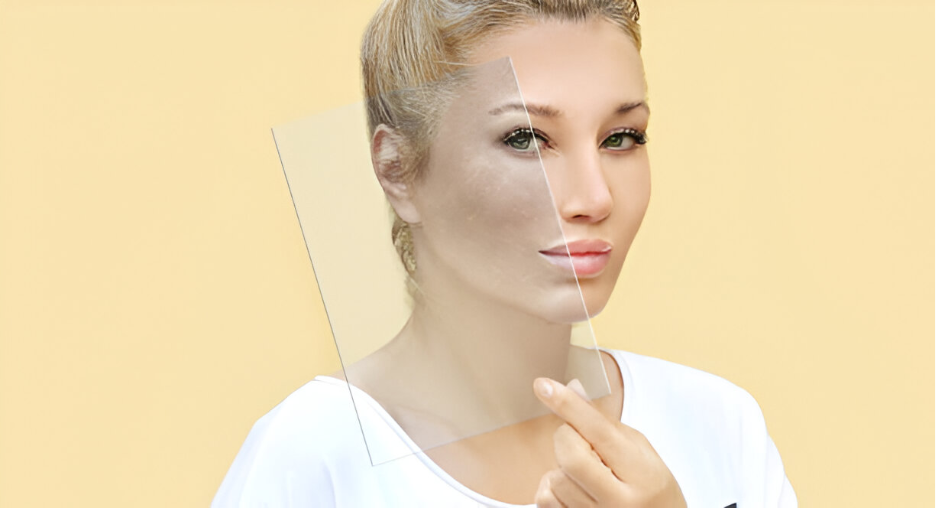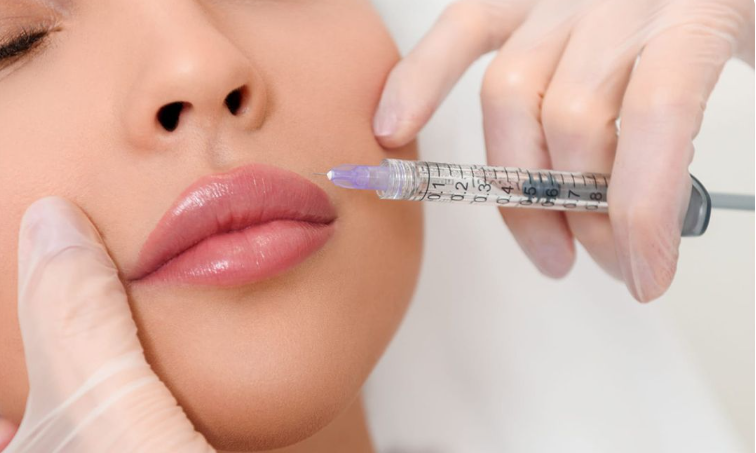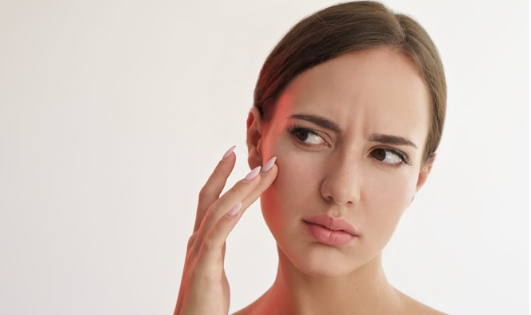IPL Photo facial: Fading Sunspots and Vascular Lesions with Light-Based Skin Rejuvenation

Sun damage, age spots, redness, and uneven skin tone are common skin concerns. Over time, exposure to UV radiation and environmental stress can lead to visible pigmentation and broken capillaries. An IPL (Intense Pulsed Light) photo facial is a powerful, non-invasive treatment that addresses both issues—sunspots and vascular lesions—without damaging the surface of your skin.
This article explores how IPL photo facials work, their effectiveness in treating pigmentation and redness, what to expect before and after treatment, and how to maintain results for long-term skin health.
What is an IPL Photo facial?
An IPL photo facial is a non-ablative skin treatment that uses broad-spectrum light to target pigment (melanin) and hemoglobin in the skin. Unlike lasers, which use a single wavelength, IPL delivers multiple wavelengths of light, making it effective for treating a variety of skin issues at once.
The device emits pulses of light that penetrate the skin's surface, targeting pigmented cells and broken capillaries without harming the surrounding tissue. Over time, the treated areas are naturally removed by the body’s healing process.
How IPL Targets Pigmentation and Vascular Lesions
Targeting Pigmented Cells (Sunspots & Age Spots)
Melanin absorbs light energy from the IPL device. This causes the pigment to heat up and break apart, eventually rising to the surface of the skin as small dark flakes before shedding naturally. Common pigmentation concerns that IPL addresses include:
- Sunspots
- Freckles
- Age spots
- Melasma (in some cases)
- Uneven skin tone
Treating Vascular Lesions (Redness & Broken Capillaries)
IPL also targets hemoglobin within blood vessels. When the light energy heats up these vessels, they coagulate and collapse, gradually being reabsorbed by the body. It’s particularly effective for treating:
- Broken capillaries (telangiectasia)
- Rosacea-related redness
- Facial flushing
- Red acne marks
Benefits of IPL Photo facial for Skin Rejuvenation
- Improves skin tone and texture
- Fades pigmentation and sun damage
- Reduces redness and broken capillaries
- Stimulates collagen production
- Minimal downtime
- Safe for many skin types (Fitzpatrick I–III)
Regular IPL treatments can make skin appear clearer, brighter, and more youthful by addressing multiple signs of photoaging at once.
Who is a Good Candidate for IPL?
IPL is best suited for individuals with lighter skin tones (Fitzpatrick types I–III) who are dealing with:
- Sunspots or brown patches
- Facial redness or visible veins
- Dull or uneven skin tone
- Mild skin laxity
- Early signs of aging
People with darker skin tones may be at a higher risk for hyperpigmentation or burns, so alternative treatments like chemical peels or laser options may be recommended.
What to Expect During an IPL Treatment
Pre-Treatment Guidelines
- Avoid direct sun exposure and tanning beds for at least 2 weeks
- Discontinue retinoids and photosensitizing medications 3–5 days prior
- Come to the appointment with clean, makeup-free skin
During the Procedure
The session begins with the application of a cooling gel to protect the skin and enhance comfort. Protective eyewear is worn, and the IPL handpiece is applied in pulses across the treatment area.
Many clients describe the sensation as a light rubber band snap with warmth. Treatment takes 20–45 minutes depending on the size of the area.
Post-Treatment Sensations
- Mild redness and warmth, like a sunburn
- Darkening of pigmented spots (this is temporary and expected)
- Minor swelling in some cases
- The skin may feel tight or slightly dry for a day or two
Downtime and Recovery
One of the advantages of IPL photo facials is the minimal downtime. Most clients resume normal activities right away. However, there are a few things to keep in mind:
Post-Care Tips:
- Avoid sun exposure and always wear broad-spectrum SPF 30+ sunscreen
- Use gentle skincare (no retinoids or acids for 3–5 days)
- Keep the skin moisturized
- Do not pick or scrub the flaking pigment
- Avoid hot showers and strenuous exercise for 24–48 hours
Results typically begin to appear within 5–10 days post-treatment as pigmented lesions flake off and redness subsides.
How Many IPL Sessions Are Needed?
While a single IPL session can yield visible improvements, most clients benefit from a series of 3–5 treatments spaced 3–4 weeks apart for optimal results. At Rejuvenate Medical Spa, we recommend maintenance sessions once or twice a year to help preserve your results and keep your skin looking its best long-term.
Scientific Backing of IPL Technology
IPL has been extensively studied and shown to improve photoaging signs such as pigmentation, redness, and overall skin texture. Key findings include:
- Journal of Cosmetic and Laser Therapy (2015): Found significant reduction in melanin and hemoglobin concentration after 3 IPL sessions.
- Dermatologic Surgery (2005): IPL stimulated collagen remodeling and improved skin elasticity.
- Lasers in Surgery and Medicine (2004): Long-term effects showed visible rejuvenation and enhanced skin tone.
Its ability to target both pigmented and vascular components makes IPL one of the most comprehensive treatments in modern skin rejuvenation.
Long-Term Skin Benefits
In addition to targeting specific skin concerns, IPL helps stimulate collagen production, which supports firmer, smoother skin. Over time, you may notice:
- Smaller-looking pores
- Improved skin elasticity
- A more radiant, glowing complexion
- Less need for foundation or concealer
Consistent sun protection and a good skincare routine will help you maximize and maintain these benefits.
Conclusion: A Brighter, More Even Complexion is Within Reach
IPL photo facials are a science-backed, minimally invasive option for treating both pigmentation and vascular skin issues. Whether you’re dealing with sunspots, facial redness, or overall uneven tone, this treatment can deliver clearer, more radiant skin with little to no downtime.
By targeting both melanin and blood vessels with precision, IPL restores a youthful glow and promotes long-term skin health—making it a favorite among dermatologists and clients alike.
Ready to restore your skin’s clarity and radiance with light-based rejuvenation? Contact us today to learn more about IPL photo facials and schedule your personalized consultation.
FAQs: IPL Photo facial for Sunspots and Redness
Q1: How soon will I see results after an IPL treatment?
Most people notice improvements in pigmentation and redness within 7–10 days after the first session. Results continue to improve with each subsequent treatment.
Q2: Does IPL hurt?
The sensation is often compared to a light snap from a rubber band. Some areas may feel more sensitive than others, but most clients tolerate the procedure well. Cooling gel and post-care can reduce discomfort.
Q3: Can IPL treat acne or acne scars?
IPL can help reduce post-acne redness and mild discoloration, but it’s not designed to treat active acne. Other options like laser treatments or chemical peels may be more suitable for scarring.
Q4: Is there any risk of scarring or permanent damage?
When performed by a trained professional on the appropriate skin type, IPL is very safe. However, improper use can lead to temporary hyperpigmentation, especially in darker skin types.
Q5: What should I avoid before and after treatment?
Avoid sun exposure, tanning beds, and harsh skincare ingredients (like retinoids, AHAs, or BHAs) for a few days before and after treatment. Always use sunscreen after the procedure.
Our Recent News & Articles





